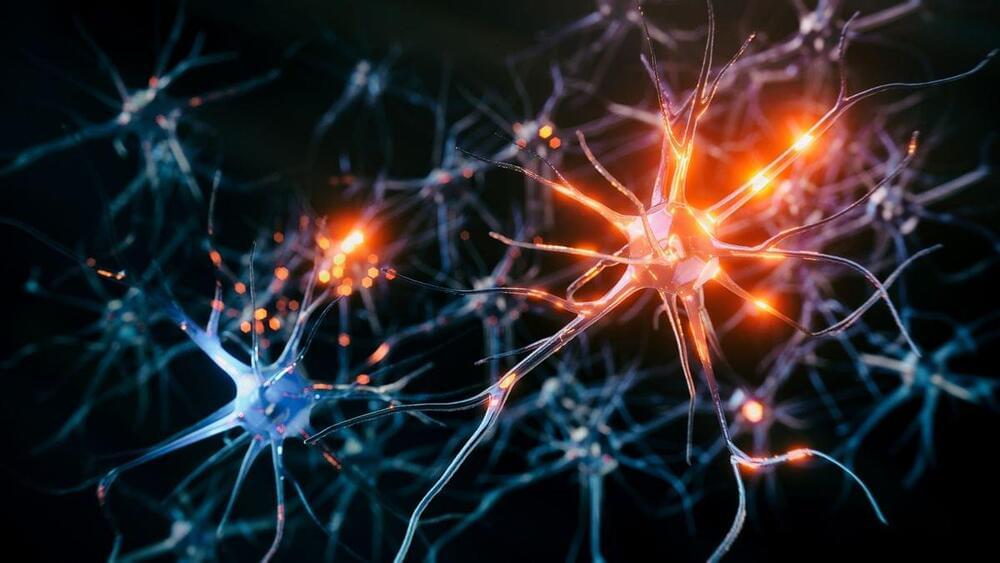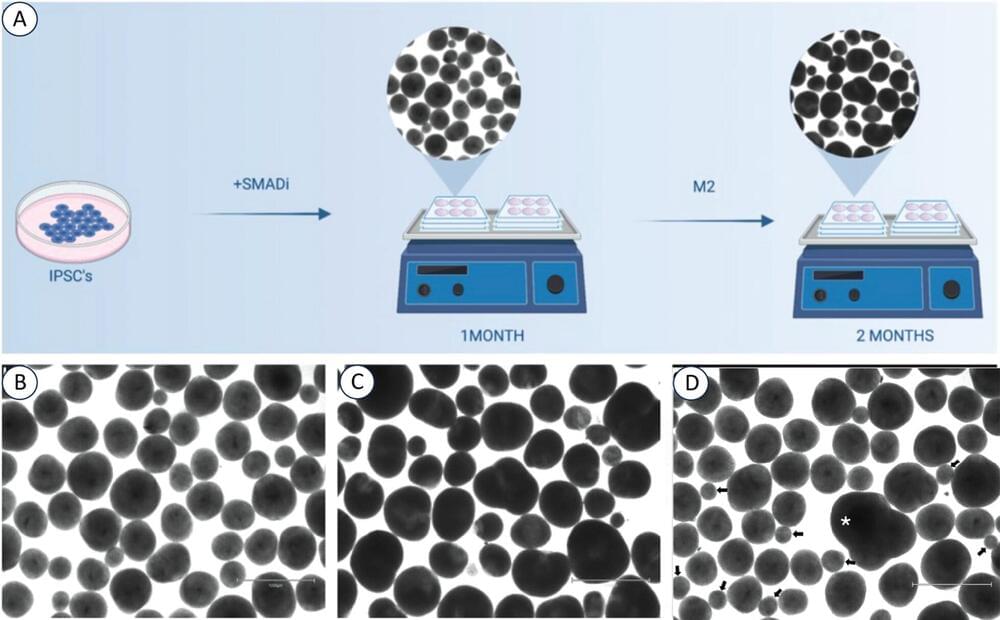When it comes to development, an epigenetic clock may be responsible for human neurons’ slower maturation.


Neuralink is onboarding patients in the UK in preparation for potential clinical trials amid a Brain-Computer Interface (BCI) boom.





The core theory, weak vs. strong emergence, micro-reductionism, and Sean Carroll’s skeptical argument against everything. Is Dr. Carroll correct in holding that physics has ruled out the afterlife, an immaterial soul, fundamental consciousness, and parapsychology?
Linktree https://linktr.ee/emersongreen.
LINKS
Sean Carroll speaking to the Freedom From Religion Foundation • Sean Carroll: Has Science Refuted Rel…
Philip Goff: Is physics different in the brain?
Papers:

The Elemind headband is a soft, lightweight, and flexible wearable designed to be worn throughout the night, regardless of one’s sleeping position. It can collect information using brainwaves and pairs with a smartphone, where users can find details about their sleep patterns.
Where the headband is effective is its ability to use neuromodulation to impact the brainwaves, directing them from wakeful patterns to those of deeper sleep. “Elemind works like noise-cancellation for the brain. You can switch off the world, switch off the stress, and go to sleep faster,” explained Meredith Perry, the CEO and co-founder of Elemind.
Nick Lane discusses the emergence of consciousness as a result of mitochondrial action. Might consciousness arise from magnetic fields?Watch the full talk at…